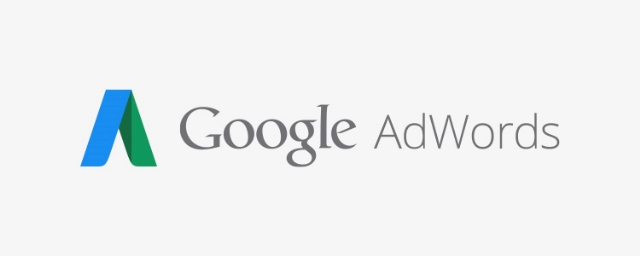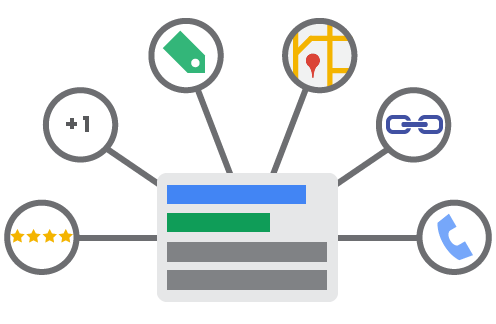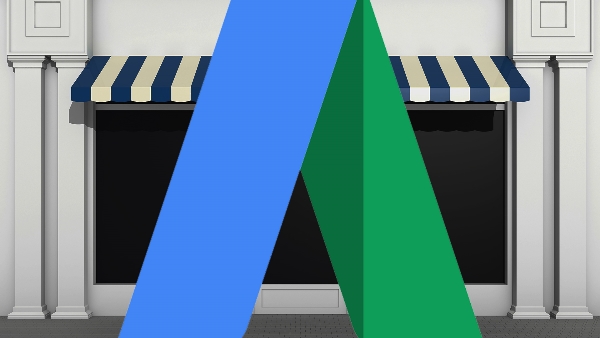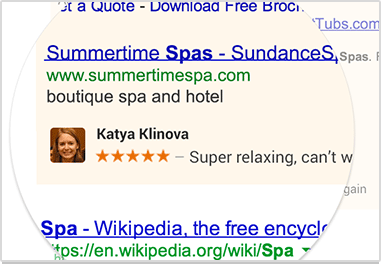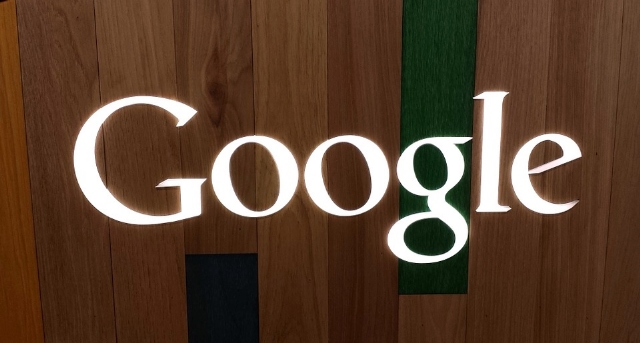
Later this month, you can expect your Google ads to start looking quite a bit different, especially if you use sitelinks, callouts, or structured snippet ad extensions. The search giant has announced plans for a pretty big makeover, but only on mobile devices.
Here’s what you can expect to see changing:
Sitelinks
Google is changing sitelink extensions to a carousel format, allowing users to swipe through your different categories and pages of interest. According to Google’s data, the change makes searchers up to twice as likely to engage with your sitelinks.
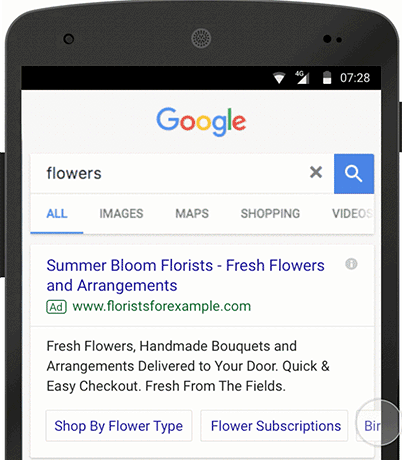
“Going forward, we’re simplifying how mobile sitelinks will show by using both horizontal buttons and larger vertical links.”
Callouts and Snippets
Instead of being broken into a separate section of your ad, callouts and structured snippets will now be integrated with the ad copy. This also means they will appear in paragraph format. The upside is that this allows advertisers to include more callouts and snippets in their ads, and Google says users find the new format to be “more informative and engaging.”
Changes for Advertisers
While these changes can make your ads look quite a bit different when they are seen, there’s not much of anything changing on your end. Just keep running your campaigns as you have been, but keep in mind how they will look when the makeover rolls out later this month.

